RIHED works in 11 SEAMEO Member Countries and with other regions to enhance opportunities for higher education and development
SEAMEO Member Countries
The original Member Countries of SEAMEO whose signatures were affixed in the SEAMEO Charter are Indonesia, Lao PDR, Malaysia, the Philippines, Singapore, Thailand and the Republic of Vietnam. The then Khmer Republic (Cambodia) was accepted as Member Country during the Sixth SEAMEO Council Conference held in Saigon, 1971 with immediate effect.
Brunei Darussalam became a Member in 1984. The Socialist Republic of Vietnam, in consequence of the termination of the existence of the Republic of Vietnam as a sovereign state, joined SEAMEO in 1992. The Union of Myanmar followed in 1998. The latest Member is Timor Leste, joining in 2006.
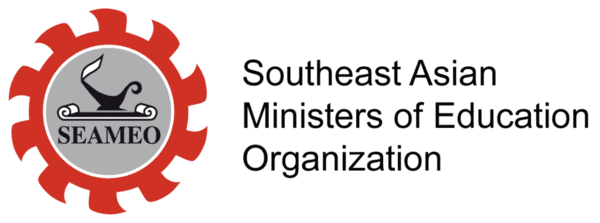

Our Work in Southeast Asia
In recent years, Southeast Asia has become one of the fastest growing regions of the world. It has seen increasing socio-economic integration and cooperation, while also witnessing increasing mobility of people across member countries as well as with other regions.
At the same time, the region is also one of the most diverse, counting approximately 650 million people speaking more than 1,000 languages and dialects as well as having fascinating social and cultural variations among the 11 countries.
Diversity in education and training systems in Southeast Asia have traditionally made it difficult for citizens of the region to use qualifications from one country to apply for a job or a course in another. Increased compatibility between education systems makes it easier for students and job seekers to move within the region.
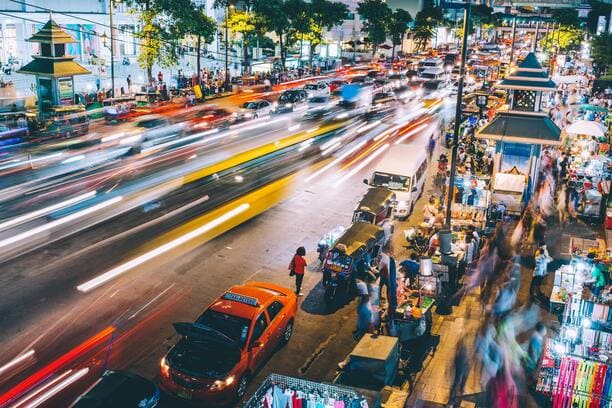
Towards a Common Space
In line with the intentions of policy makers and national authorities responsible for higher education in the region, SEAMEO RIHED has promoted the harmonisation and creation of a common space in Southeast Asian Higher Education. This process allows national systems to work with each other more effectively, while recognising both national authority and the diversity of education systems in the region.
A Roadmap for regional integration and the harmonisation of higher education was first put forward by SEAMEO RIHED through the 2008 SEAMEO Council Meeting, which launched important developments in regional quality assurance and regional academic mobility. Since then, these efforts targeted at creating a regional community, have been complemented by other regional developments such as the launch of the ASEAN Economic Community (AEC).
SEAMEO RIHED has facilitated the harmonisation process through our policy platforms by fostering the development of mechanisms to bring more alignment and compatibility for the region's higher education systems. Initiating dialogue with the region’s Member Countries and national authorities responsible for higher education, SEAMEO RIHED began exploring potentials for the creation of a common space in regional higher education. Some of the key results of this process were the strengthening of regional quality assurance (QA) and development of an ASEAN Quality Assurance Agency as well as the promotion of regional student mobility through the AIMS Programme.
Quality Assurance
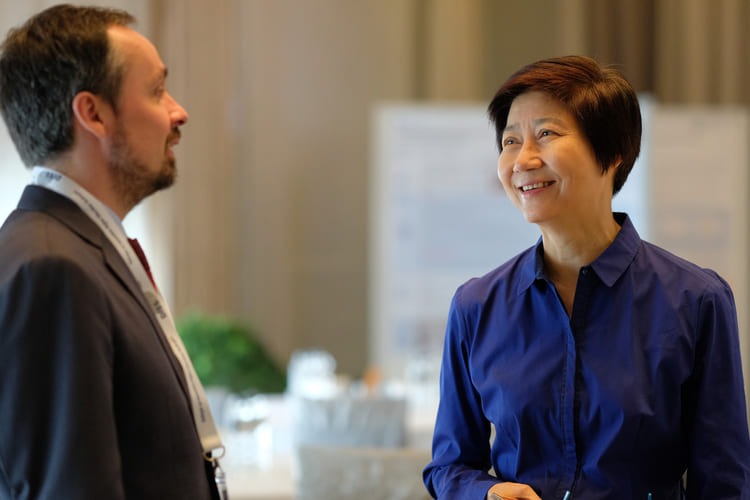
SEAMEO RIHED facilitated the development of the ASEAN Quality Assurance Network (AQAN) and works with partners through the ASEAN-QA Project.
Student Mobility
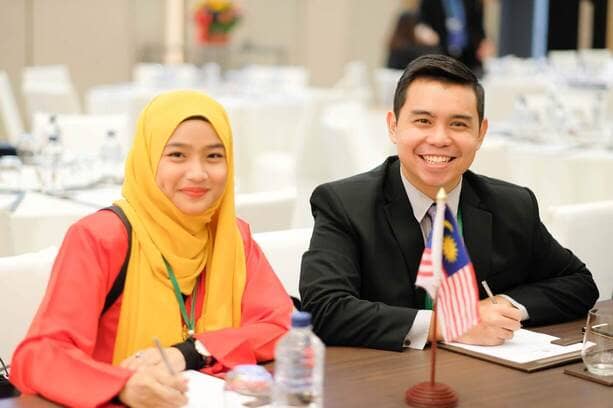
The Asian International Mobility for Students (AIMS) Programme is SEAMEO RIHED's flagship mobility initative for the region and beyond.
The Greater Mekong Subregion
The Greater Mekong Subregion (GMS), is a trans-national region of the Mekong River basin in Southeast Asia. The region is home to more than 300 million people. The subregion was highlighted with the launch of a development program in 1992 by the Asian Development Bank (ADB) that brought together the six Asian countries of Cambodia, China (specifically Yunnan Province and the Guangxi Zhuang Autonomous Region), Lao PDR, Myanmar, Thailand, and Vietnam.
Since 2015, SEAMEO RIHED has launched a capacity building project with the support of the ADB and continued under the framework of the Japan-ASEAN Integration Fund (JAIF) and the ASEAN Secretariat to continue building capacity for the Greater Mekong Subregion University Consortium and help to bridge and narrow gaps between the subregion and other Member Countries of Southeast Asia.
Learn more about the capacity building project here.
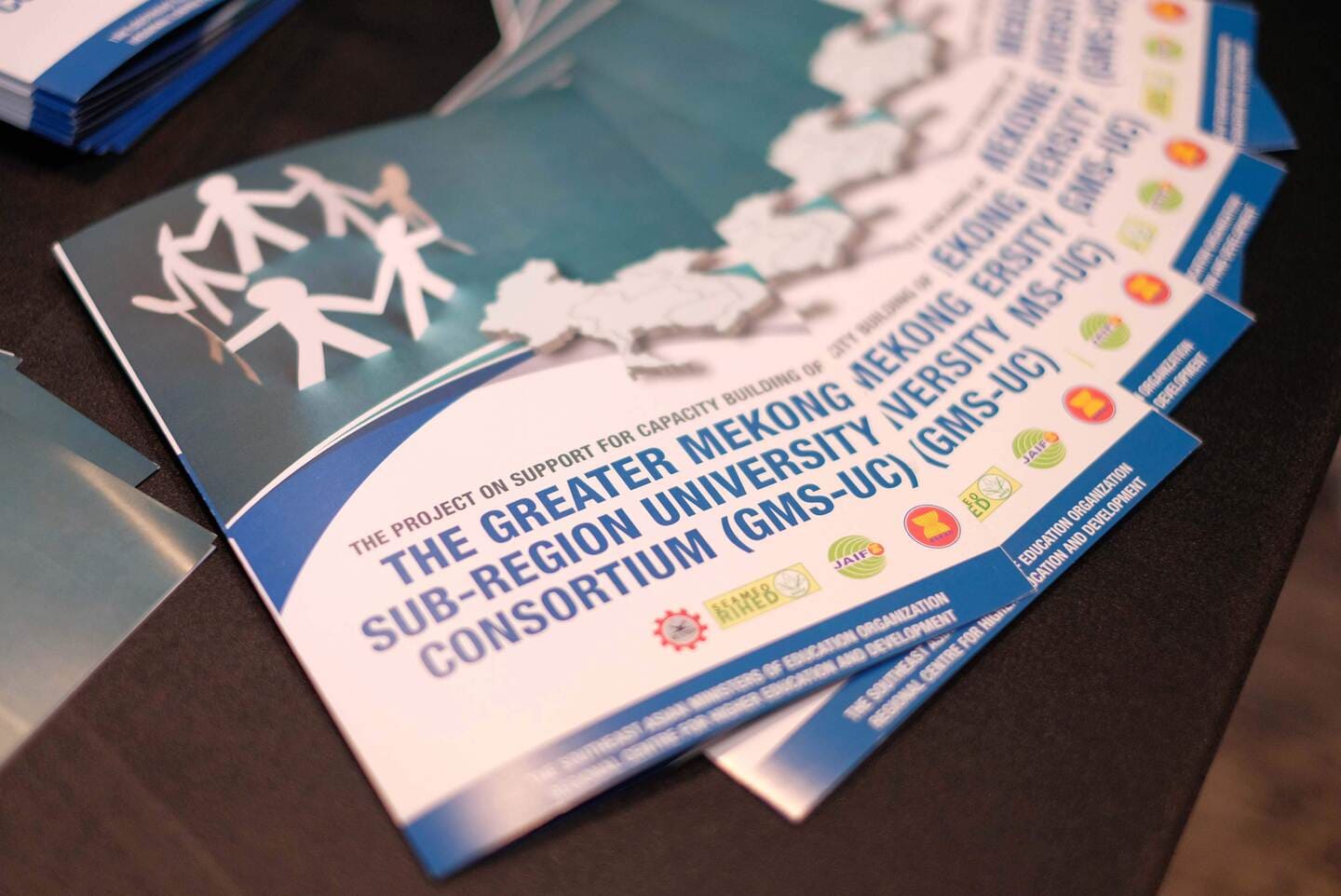
Moving Forward as a Regional Community
Higher education systems in Southeast Asia have been challenged, reformed and changed over the past decades - sometimes in response to the regional and global landscape and sometimes according to specific developments within countries themselves. Recently, these challenges and changes have been amplified and accelerated by the Covid-19 pandemic.
In recent years there have also been growing concerns over the impact on the environment of increasing international travel as well as increasing realisation that physical mobility represents an opportunity for only a small percentage of students in the region. As the world continues to contend with the challenges of Covid-19, RIHED will continue to assess progress made within the region and synergise efforts with our regional and international partners towards enhancing higher education for the sustainable future of the Southeast Asian region.
Our Partners
Our work would not be possible without the strong support of national governments and our partnerships with other regional and international organizations.
Our Initiatives
Discover more about our different projects, activities and initiatives and where our work has taken us throughout the region of Southeast Asia and beyond.